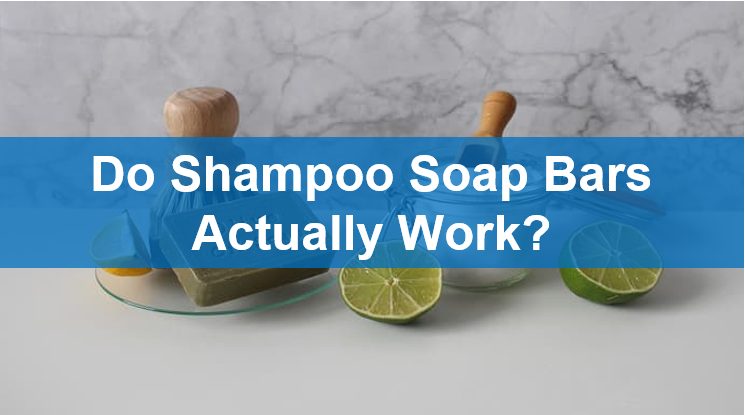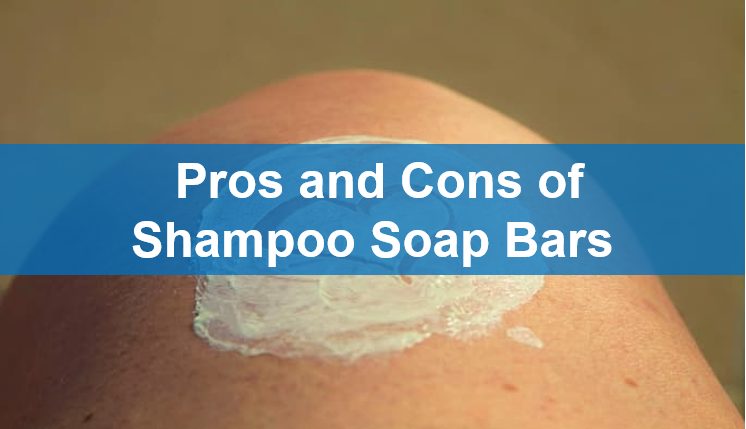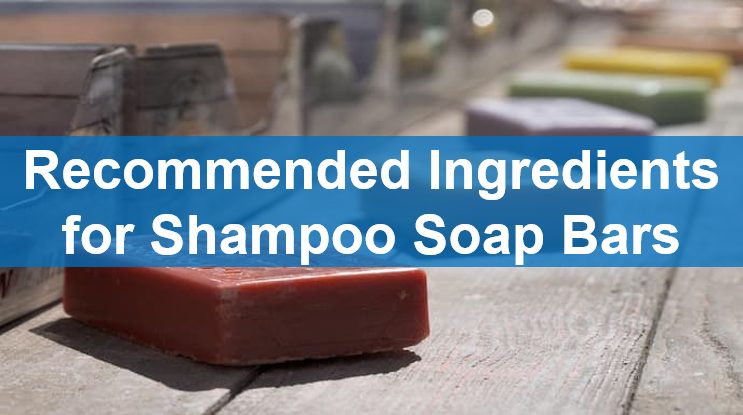
- HOME
- Cosmetic OEM Lab
What is a shampoo soap bar?
Why is shampoo soap bar gaining so much attention
Is it possible to make my own private label soap bar shampoo
As sustainability continues to reshape the beauty industry, consumers are becoming more conscious about their daily choice – from skincare ingredients to packaging waste. Among the many green beauty trends, soap bar shampoos have made a noticeable entrance, sparking a shift toward more eco-friendly haircare.
Gone are the days when liquid shampoo was the only go-to option. Now, plastic-free shampoo bars are becoming a mainstream alternative, offering an effective and environmentally responsible solution for clean, healthy hair. But how well do they actually work? And are they suitable for everyone?
In this article, we’ll break down the truth about shampoo bars, weigh their pros and cons, and explore the best natural ingredients to look for when switching to this sustainable haircare option.
Contents

Before making the switch, many people wonder whether shampoo bars can truly clean and nourish their hair as effectively as their liquid counterparts. Let’s explore what shampoo bars really are and how they compare to traditional products.
Shampoo soap bars are solid bars made with hair-cleansing ingredients and nourishing oils. Unlike regular soap, they are specifically formulated to cleanse the scalp and hair without stripping away essential moisture or leaving residue behind.
These bars are often free from harsh detergents, silicones, and synthetic fragrances, making them a perfect option for those seeking a natural, plastic-free shampoo alternative. Many shampoo bars are also vegan, cruelty-free, and come in zero-waste packaging, which aligns with the values of environmentally-conscious consumers.
Yes, shampoo bars do work—and surprisingly well. The key is using one that’s formulated for your hair type and made with quality ingredients. High-performing shampoo bars are:
Once users get past the initial adjustment period (more on that later), they often find their hair feels cleaner, lighter, and more balanced compared to using traditional shampoos.
It’s important not to confuse shampoo bars with regular soap bars. Although they may look similar, their purposes and formulas are very different.
| Feature | Shampoo Bars | Regular Soap Bars |
| pH Level | Hair-friendly | Typically too alkaline |
| Ingredients | Tailored for scalp & hair | Designed for skin |
| Function | Cleanses without over-drying | May strip hair’s natural oils |
| Residue | Minimal with proper use | May leave buildup on hair |
Shampoo bars are carefully designed for hair and scalp health, while soap bars are for the body—so they’re not interchangeable.

Like any product, shampoo bars come with their own set of advantages and limitations. Understanding both can help you decide if this plastic-free alternative is right for you.
One of the biggest perks of shampoo bars is how gentle they are on your scalp. Many bars use natural cleansing agents like coconut-derived surfactants or castor oil, which clean effectively without causing dryness or irritation. This makes them ideal for people with:
Soap bar shampoos are incredibly cost-effective. A single bar can last up to 80 washes, depending on the size and usage. That’s equivalent to 2–3 bottles of traditional shampoo! Plus, they’re leak-proof and travel-friendly, making them a must-have for frequent travellers or gym-goers.
Arguably the most compelling benefit is how shampoo bars support eco-friendly haircare. They are:
If you’re looking to make your beauty routine more sustainable, switching to a plastic-free shampoo bar is a smart, impactful step.
Shampoo bars require a bit of maintenance. If left in a wet soap dish, they can dissolve quickly. To prolong their lifespan:
This extra effort can be a minor inconvenience compared to the ease of pump-top bottles.
Not all shampoo bars are created equal, and some may not work for:
That’s why it’s important to test and trial different formulations, or choose bars specifically made for your hair type.

Choosing the right shampoo bar starts with understanding what’s inside. Let’s explore the best natural ingredients that deliver both performance and hair health benefits.
Ingredients that deeply hydrate and soften hair include:
These ingredients help prevent dryness and frizz, leaving your hair touchable soft.
A good shampoo bar cleans without being harsh. Look for:
These clean your hair effectively while maintaining scalp balance.
If you struggle with flakes or scalp irritation, seek bars with:
These helps soothe itchiness and fight fungal causes of dandruff.
For deep-cleansing and removing product buildup, detoxifying ingredients are key:
These are great for those who use a lot of styling products or live in polluted areas.
To defend your hair from environmental damage, look for:
These ingredients support overall scalp health and resilience.

The world of haircare is undergoing a transformation, and shampoo soap bars are leading the charge toward a more sustainable, eco-conscious future. As more people embrace eco-friendly haircare, the demand for plastic-free shampoo options will only grow.
If you’re looking to reduce waste, nourish your scalp naturally, and still enjoy clean, vibrant hair, then a well-formulated shampoo bar might just be your next bathroom essential. With the right ingredients and proper use, these small but mighty bars can deliver big results—for both your hair and the planet.
Inquiry
For further information, please contact us.